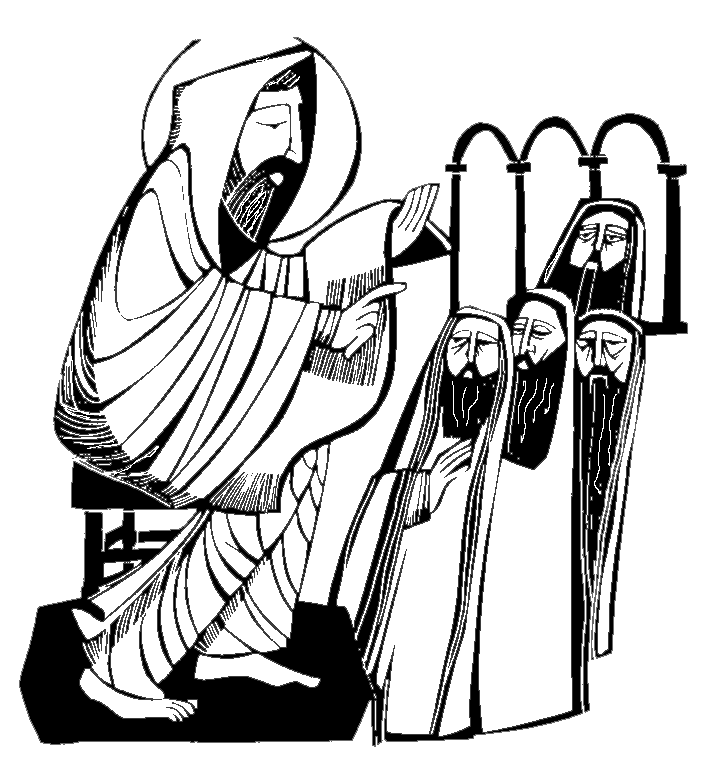It happens all the time. Jews do it. Muslims do it. Christians do it. A group of people, gathered to worship the living God, have someone read to them from an old book.
Their reasons are the same: the ancient writings speak of how their ancestors in the faith experienced the One who started and sustains the world and who took initiatives to make them a people. Further, they acknowledge that they are still in living relationship with that God, who deserves their thanks, listens and responds to their petitions, and takes profound interest in what they do with their lives. People read the old book to know who they are and what they are doing.
He is reading an updated version of the people's constitution—the Law, or Torah. In the Gospel reading we hear the voice of Luke himself introducing his version of the story of Jesus, a fresh edition required by the community of his day (which will include a “part two”—the Acts of the Apostles—telling the story of the early Church). Further, one of the episodes Luke chooses for special treatment is the scene of Jesus' homecoming in the synagogue of Nazareth, where Jesus himself, paralleling Ezra, reads from Scripture and asserts its relevance for “today”—the present moment of his community of listeners, and, for Luke, the present moment of his readers, then and now.
This is one of those occasions when Scripture speaks of Scripture, when the Bible becomes a kind of user's
manual about itself.
The scene in Luke is stunning. A well-known member of this small village (population, archeologists estimate,
around 150), a craftsman, returns with a reputation for healing and acting like an old-time prophet. He shows up
at the synagogue, opens the scroll of Isaiah to the place we call chapter 61, reads the first-person
statement of a prophetic figure claiming to be anointed and sent by the Lord for a work of liberation and
healing, and boldly applies that passage to himself.
Thus Ezra, Jesus, and Luke—each in his own way shows us what our Bible reading at liturgy is all about: we read
the ancient writings because they speak to us of our relationship to God and to one another—today.
Then there is the passage from Paul. He wrote a letter addressing the needs of a particular Greek community in
the 50s of the first century. The unity of the Christian community in Corinth was threatened in several ways—by
rivalries, by dualistic thinking, by neglect of the poor. Paul responded to this particular set of crises so
eloquently that this “occasional” letter eventually became recognized as inspired Scripture, capable
of addressing any community, any time, about the essentials of Christian unity.
In the passage read today, we hear the famous body image. The life of the Spirit that the Church shares makes it
an organism analogous to any other living body. Like the limbs and organs of a human body, the members of the
body of Christ (the Church) each have a special and needed role to play, whose purpose is to build up that body.
Apart from that body, the particular member is as significant as a 165-pound eye sitting in the grass, splendid
to behold but connected to nothing.
Paul’s image of Church as body helps us think about the Church's current call for a “preferential option
for the poor.” That is a reflection of what happens in nature all the time. Recently, for example, when I
had an infected thumbnail, my body spontaneously and consistently favored that small member; I didn't have to be
persuaded to make a “preferential option” for my thumb.
If we are tempted, in the context of both Church and state, to neglect the poor among us, it may be because we have lost touch with the ways in which we are in fact one body. Restoring the sense of connection may have something to do with the mission of liberation and healing that Jesus would continue through us.
Thus Paul joins Ezra (and the Chronicler who writes of Ezra), Jesus and Luke in teaching us why we read old writings when we gather to worship (even at times when “Water Gate” [Neh 8:1] does not have a special, accidental, resonance).
